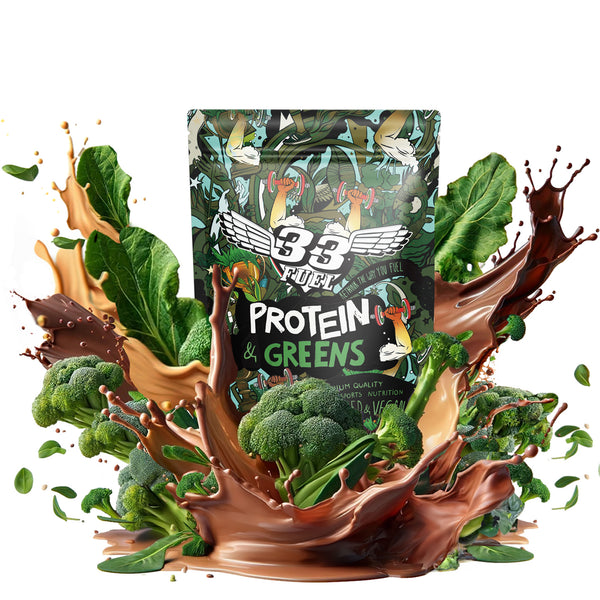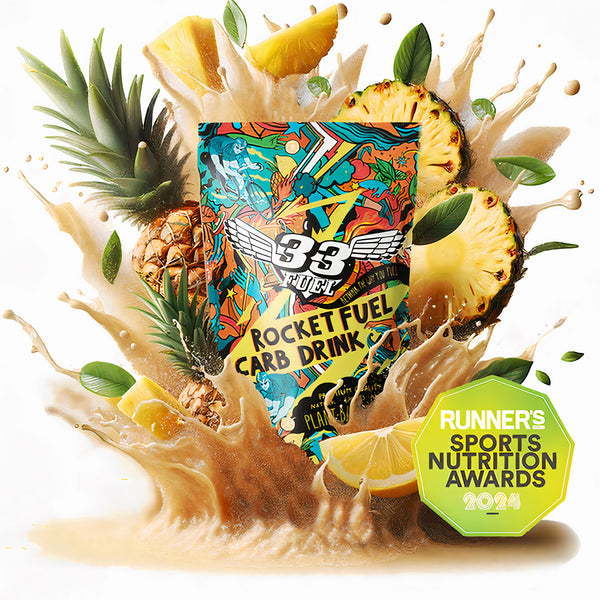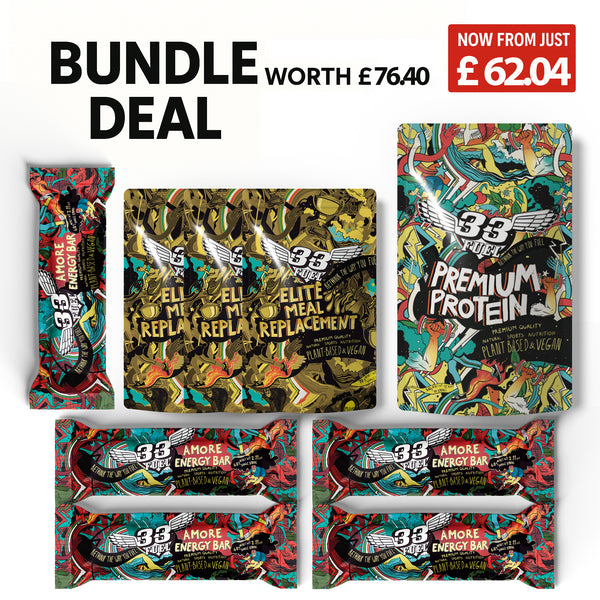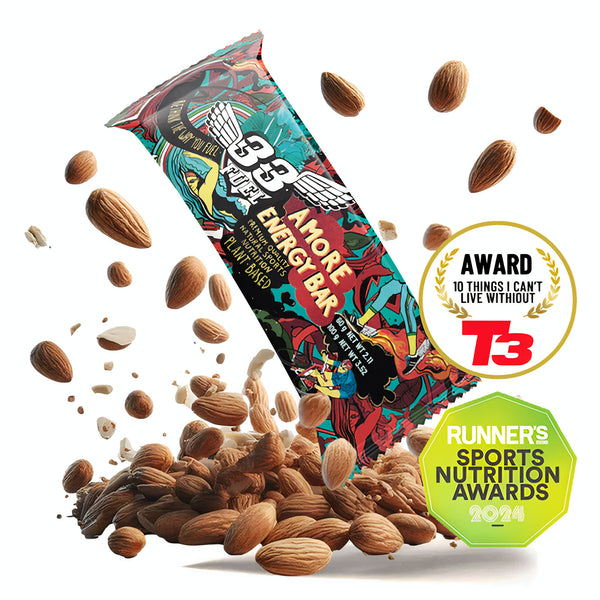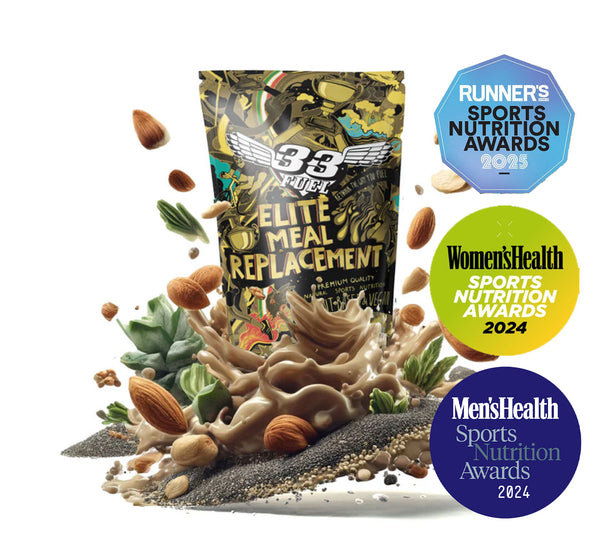Hypernatremia vs Hyponatremia
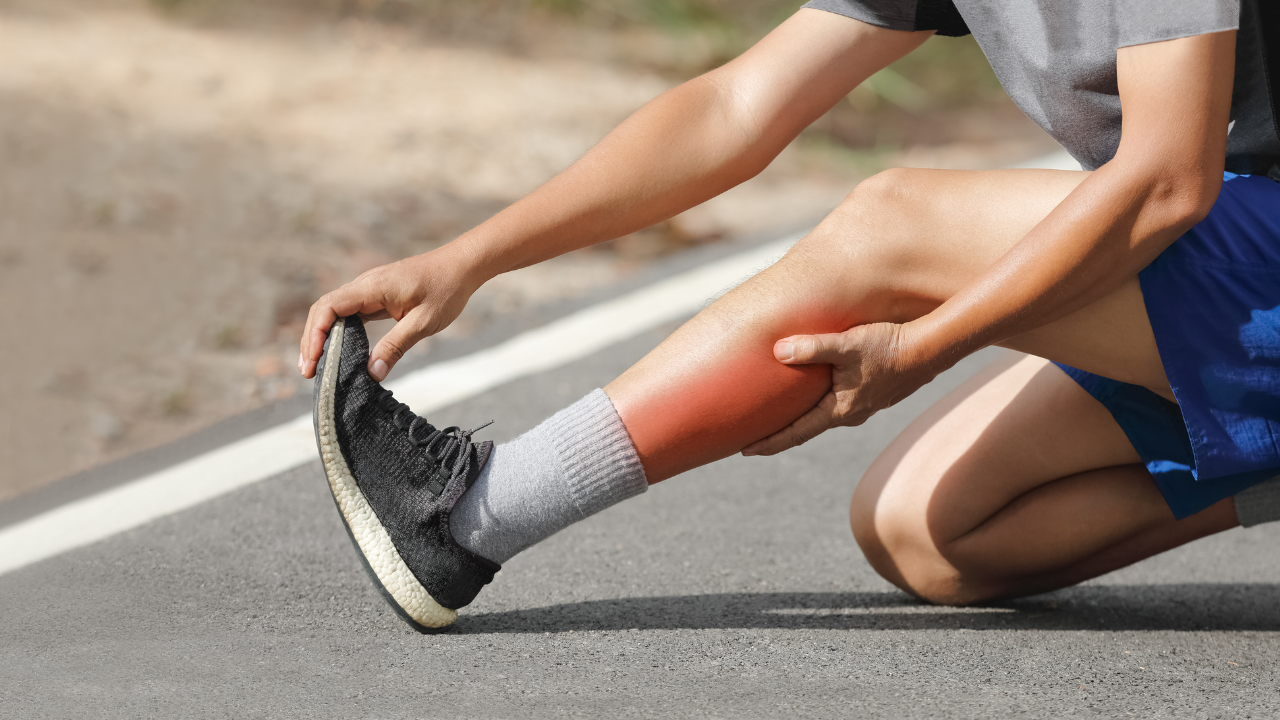
Hypernatremia and hyponatremia refer to changes in sodium concentration within the blood. But what’s the difference between them? Discover the symptoms, causes and best treatment methods
Sodium is crucial for bodily function and maintaining homeostasis. The ratio of water to sodium within the blood needs to be controlled through fluid and electrolyte consumption. But there’s a fine line: drink too much and sodium concentration decreases. Too little and sodium concentration increases.
Shop our award-winning sports nutrition
Both hypernatremia and hyponatremia are predominantly the result of changing hydration levels rather than increased or decreased consumption of sodium.
Hypernatremia – what is it?
Hypernatremia describes the condition of having too much sodium in the blood in relation to water. This can either occur due to excessive sodium consumption (which is unlikely) or through excessive water loss.
Hypernatremia - symptoms
The predominant symptom is thirst but it’s not uncommon for your muscles to twitch, pulse and even cramp as a result of hypernatremia.
The colour and odour of your urine will also give a clue. Dark brown and smelly means you’re dehydrated and lacking water.

Excessive drinking is a leading cause of hyponatremia
It’s not uncommon for hypernatremia to also present itself as mood changes. Irritability and restlessness are also often observed in patients, likely due to water loss from the brain.
In the most extreme cases, hypernatremia can even cause seizures.
Hypernatremia – causes
Dehydration is the leading cause of hypernatremia.
If you don’t drink enough, the concentration of sodium within your blood increases. We’ve all experienced how dehydration hinders athletic performance, but it’s also damaging to your health.
Hypernatremia – treatment
In most cases, hypernatremia is mild and can be treated by simply increasing fluid intake until symptoms disappear. In severe circumstances, an IV drip may be administered.
Hyponatremia – what is it?
Hyponatremia occurs when there is too little sodium in the blood in proportion to water.

When the body contains excess water, cells swell. This can be particularly dangerous for brain cells and, in extreme cases, lead to seizures and brain damage.
Hyponatremia – symptoms
The symptoms of hyponatremia vary depending on whether sodium levels have dropped rapidly or gradually.
If sodium levels slowly decrease, such as through exercising without sufficient electrolyte replenishment, you may experience lethargy, headaches and muscle cramps.
On the other hand, if sodium levels drop quickly then you may experience nausea, vomiting and seizures.
Maintaining electrolyte balance is key to combating hypernatremia and hyponatremia. Rocket Fuel is a source of sodium, magnesium and potassium to keep your body running smooth.
Hyponatremia – causes
Drinking excessively is the main cause of hyponatremia. Too much liquid overloads the kidney’s ability to excrete water and results in a dilution of sodium concentration.
Severe diarrhoea or vomiting can also cause hyponatremia as electrolytes (including sodium) are lost.
Some medications have been shown to reduce sodium concentration, in particular anti-depressants and diuretics, so it’s worth talking to your doctor if you’re currently taking these.
Hyponatremia - treatment
Like hypernatremia, treatment is rather simple: restrict fluid intake and boost salt consumption. In extreme cases, a sodium-rich intravenous solution may be administered.
Hypernatremia and hyponatremia – conclusion
Endurance athletes are at particular risk of hypernatremia and hyponatremia.

Ever had muscle cramps? Your sodium levels could be out of kilter
Athletes lose electrolytes through sweat but maintaining sodium balance is clearly key to optimal physical performance. For particularly hot sessions – either indoors on the turbo or a hot day outside – ensure you replenish electrolytes.
Besides electrolyte replenishment, it can be difficult to know how much water to consume both daily and during training. The amount we’ve been advised to drink or not drink has varied wildly over the years. Drink too much and you risk hyponatremia. Too little and you’re at risk of hypernatremia.
We generally encourage athletes to drink to thirst. Learn your boundaires, how you best function and how much you need to feel great and perform at your best.
Our Chia Energy Gel contains pink Himalayan salt - known to be the cleanest salt on the planet - which will help maintain electrolyte balance and proper muscle function.
Chia Energy Gel: Natural, slow-release energy + electrolytes = improved endurance




